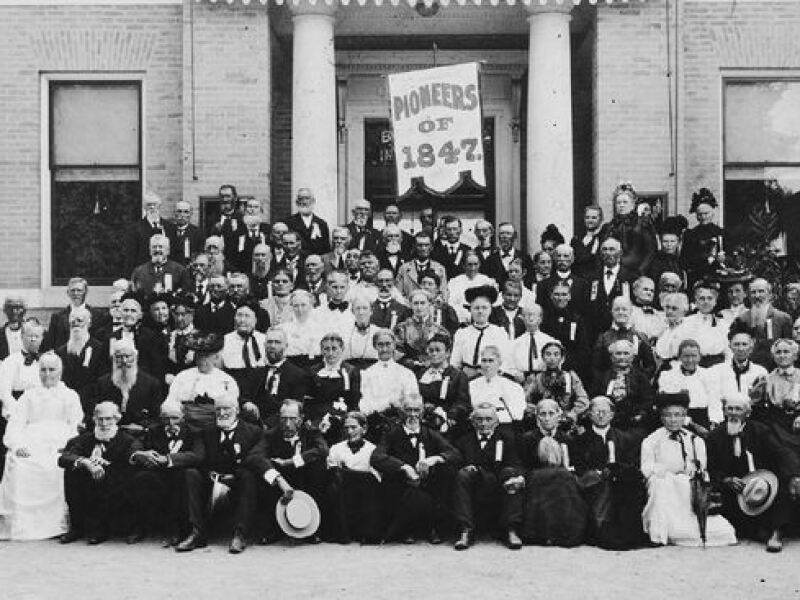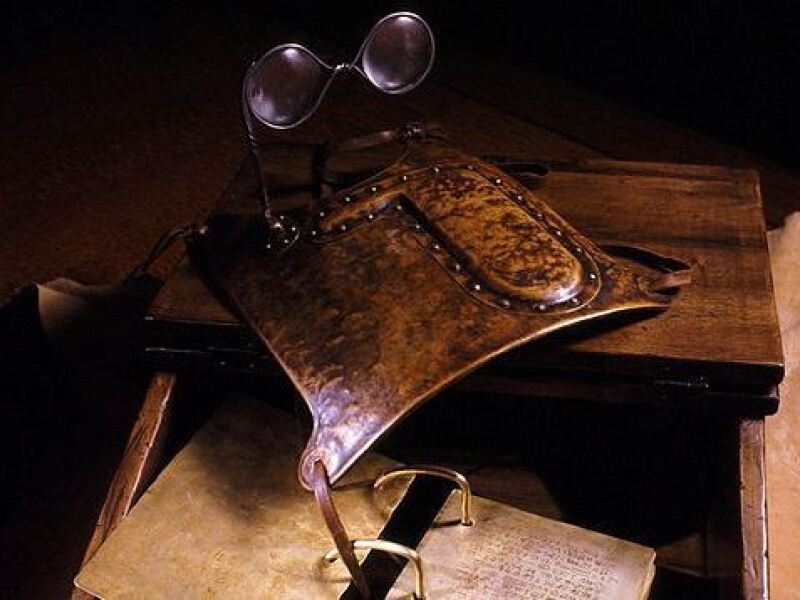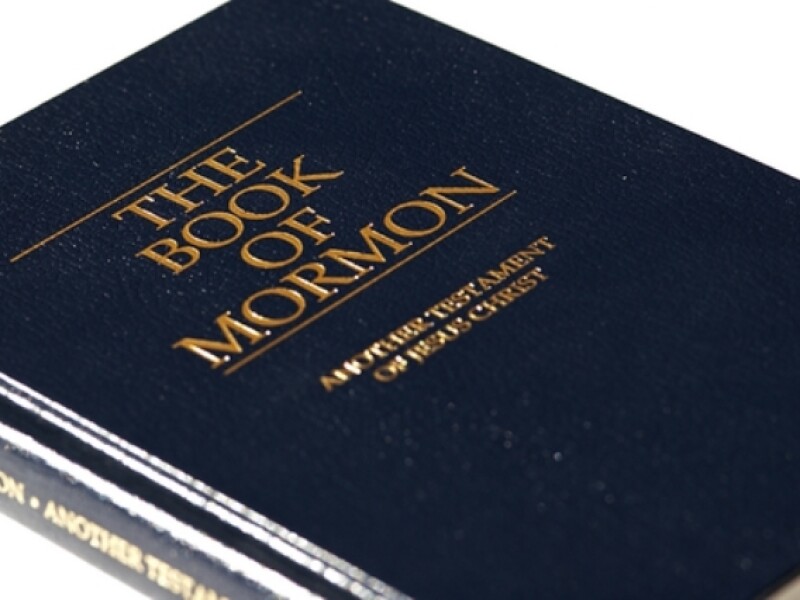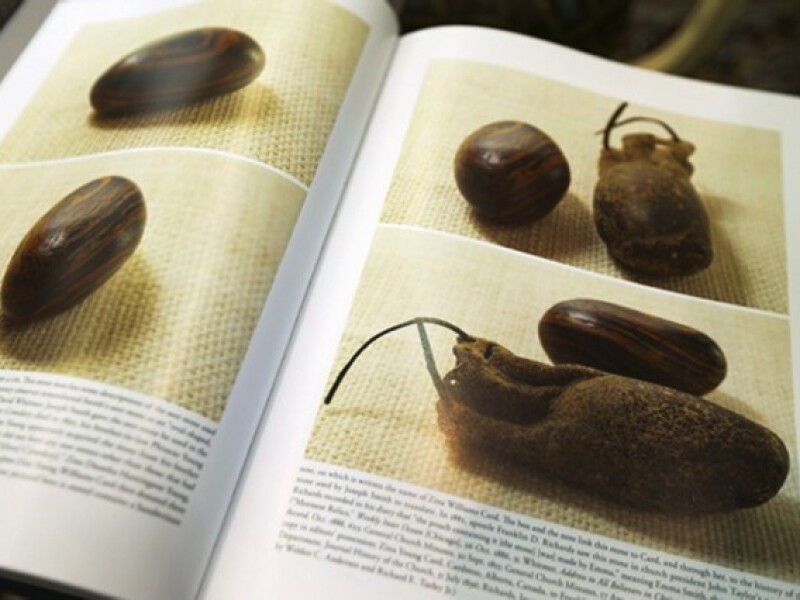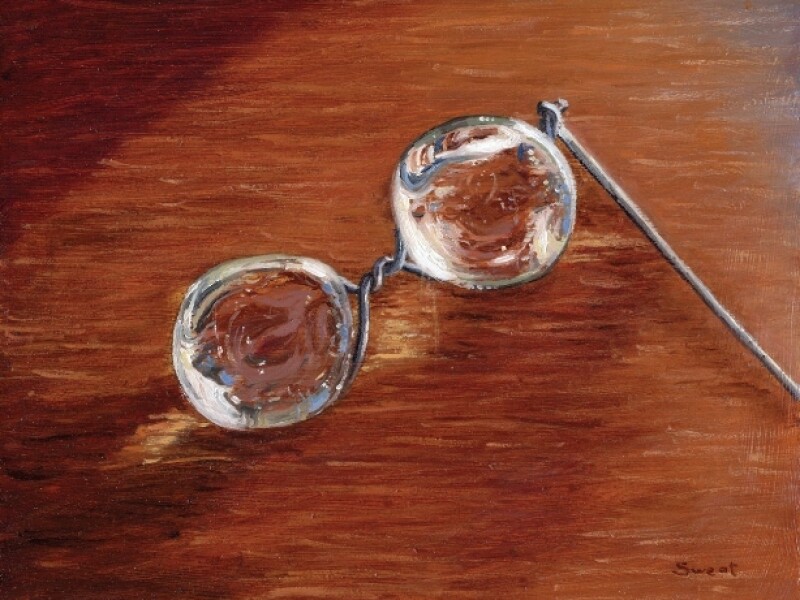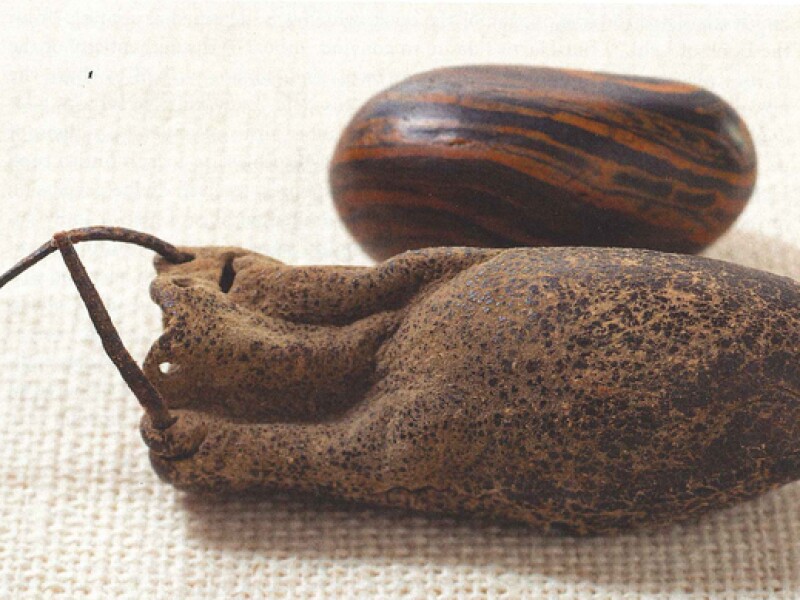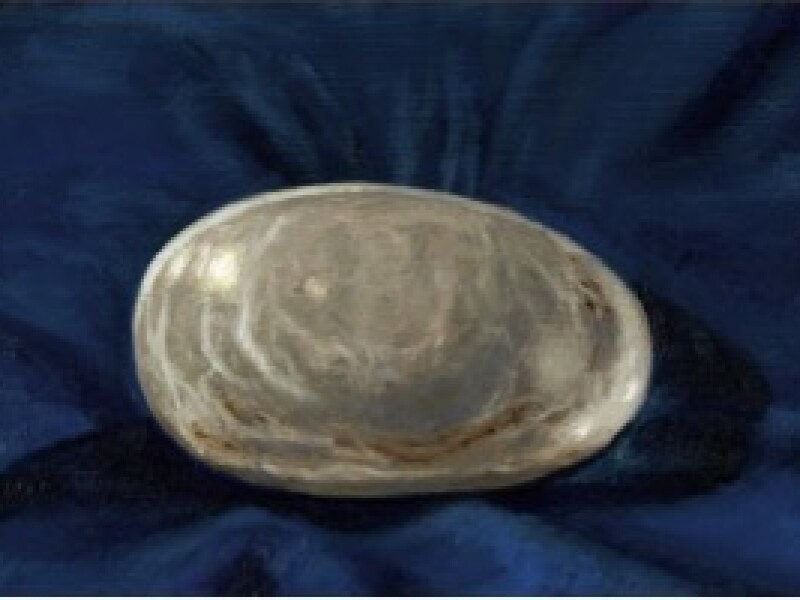Jane Elizabeth Manning was born in Connecticut in about 1820. Her mother had been enslaved, but she was emancipated by the time Jane was born. Jane’s father died when she was a young child and, perhaps in part for that reason, Jane began working as a domestic servant for a wealthy white family in the next town over. As a young woman, she was baptized and joined the local Congregational Church, but not long afterward she heard a missionary from The Church of Jesus Christ of Latter-day Saints preach and she was convinced by his message. She was baptized a short time later, and she appears to have persuaded her family to join the Church as well. In 1843, the Mannings joined an interracial group of converts for the journey to Nauvoo. Although they left the Northeast together, the group was separated at some point during the journey. The white members continued to Nauvoo on public transportation; the black members walked. When Jane and her family reached Nauvoo, they were welcomed by Emma and Joseph Smith and stayed in the mansion house for a short time while they found jobs and housing. Jane remained in the mansion house, working for the Smiths as a domestic servant.
8 Min Read
The Urim and Thummim consists of two seer stones or interpreters used by selected prophets throughout the ages. In ancient Israel the stones were part of the breastplate worn by the high priest of the Aaronic Priesthood. According to lds.org, the Urim and Thummim is “an instrument prepared of God to assist man in obtaining revelation from the Lord and in translating languages.” The website also states that the name Urim and Thummim is Hebrew for “lights and perfections” and that “there is more than one Urim and Thummim, but we are informed that Joseph Smith had the one used by the brother of Jared” (See D&C 17:1).
3 Min Read
One of the miracles of the restoration of the gospel includes the mechanical process that generated 269,528 words of the text of the Book of Mormon. Using the seer stone in ways he never explained, Joseph Smith spoke the words to his scribes, who recorded them with quill pens.
4 Min Read
A geologist weighs in on what kind of rock Joseph Smith's seer stone is and how it may have been formed. The possibilities are cooler than you'd think.
1 Min Read
Though most members know that Joseph Smith translated the Book of Mormon using the Urim and Thummim, they may not know that the prophet also used a separate seer stone "for convenience."
1 Min Read
The youthful prophet received many visions through the medium of “Urim and Thummim”—sometimes a seer stone and, more particularly, the Nephite interpreters. Both of these instruments apparently operated in much the same spiritual manner, and through them Joseph received an undetermined number of visions in addition to the translation of the Book of Mormon. The young prophet obtained a seer stone, described as dark brown in color, while digging a well for Willard Chase around 1822.1
12 Min Read
In Doctrine and Covenants section 124:125, it says “I give unto you my servant Joseph to be a presiding elder over all my church, to be a translator, a revelator, a seer, and prophet.”
2 Min Read
Ever since the Church released photos of Joseph Smith's brown seer stonelast year, the LDS community has been buzzing about the topic. But thebrown seer stone wasn't Joseph Smith's only seer stone, or his most cherished. He also had a white seer stone.
1 Min Read
Last year the Church released photos of Joseph Smith's brown seer stone. But did you know he also had a white seer stone that might have been even more important to him?
8 Min Read
In a press conference held at the Church History Library in Salt Lake last August, Church Historian and Member of the Quorum of the Seventy Steven R. Snow announced a new project—a book that includes a handwritten manuscript of the Book of Mormon as well as never-before-published photos of a seer stone used by Joseph Smith.
1 Min Read
In Mosiah 8, the Nephite missionary Ammon included a discourse on the nature of prophethood, seership, and divine translation. In response to King Limhi’s request for a translation of some sacred records (Mosiah 8:11–12), he spoke of “a man [Mosiah] that can translate the records; for he has wherewith that he can look, and translate all records that are of ancient date; and it is a gift from God.” The instruments of translation, which Ammon called “interpreters,” could only be used when divinely commissioned. “Whosoever is commanded to look in them,” Ammon taught, “the same is called seer” (Mosiah 8:13).
1 Min Read

